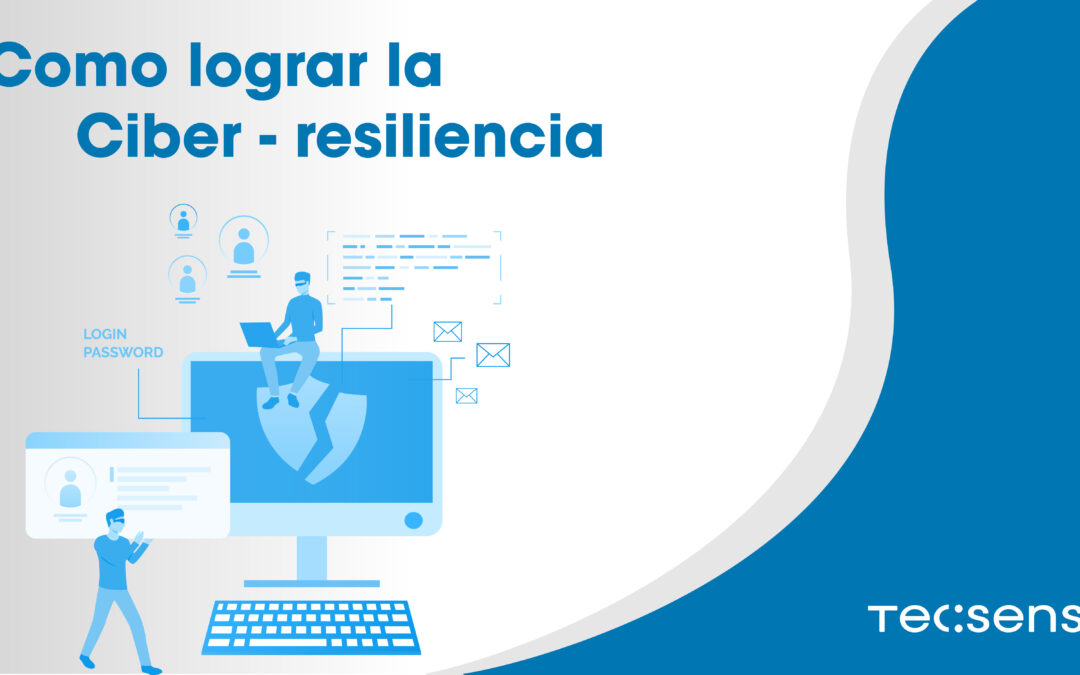Today, cyber threats are one of the biggest concerns for any business, organization, or individual. The impact of a cyberattack can be devastating, from data loss and disruption of services to loss of reputation and breach of privacy. For this reason, more and more companies are investing in advanced cybersecurity measures to protect their critical data and systems. One of the main strategies they are adopting is advanced cyber resilience. We tell you how to achieve Cyber Resilience.
What is Cyber Resilience?
The Advanced cyber resilience involves a holistic approach to cybersecurity, which includes not only threat prevention, but also the ability to quickly detect, respond to, and recover from cyberattacks. This involves implementing a wide range of cybersecurity technologies and practices, as well as creating a comprehensive incident response plan.
This is a key strategy for organizations looking to maintain business continuity in the event of a cyberattack. By having strong cybersecurity measures in place, businesses can minimize downtime, prevent data loss, and protect brand reputation.
In addition, advanced cyber resilience can also help businesses comply with cybersecurity and data protection regulations, such as the European Union’s General Data Protection Regulation (GDPR) and the United States’ Personal Data Protection Act.
How to achieve Cyber Resilience
To implement an advanced cyber resilience strategy, companies must:
- Conduct a thorough assessment of your cyber risks, once this is carried out you should conduct regular risk and vulnerability assessments to identify potential weaknesses in your IT infrastructure. This will allow them to implement appropriate security measures and improve their incident response capabilities.
- Design a comprehensive cybersecurity plan that addresses both incident prevention and response
- Implement advanced cybersecurity technologies, such as Disaster Recovery Plan, artificial intelligence, behavioral analytics, and machine learning.




